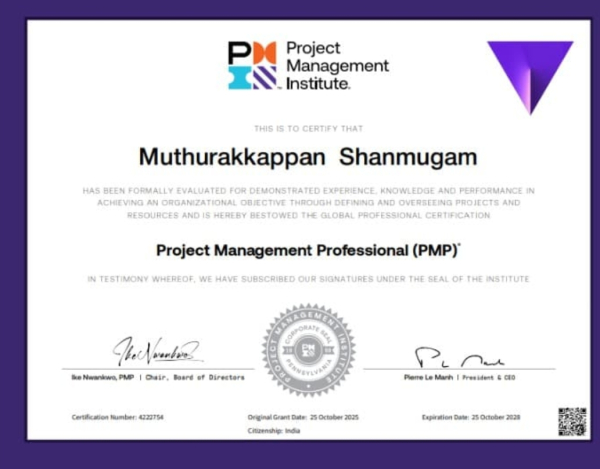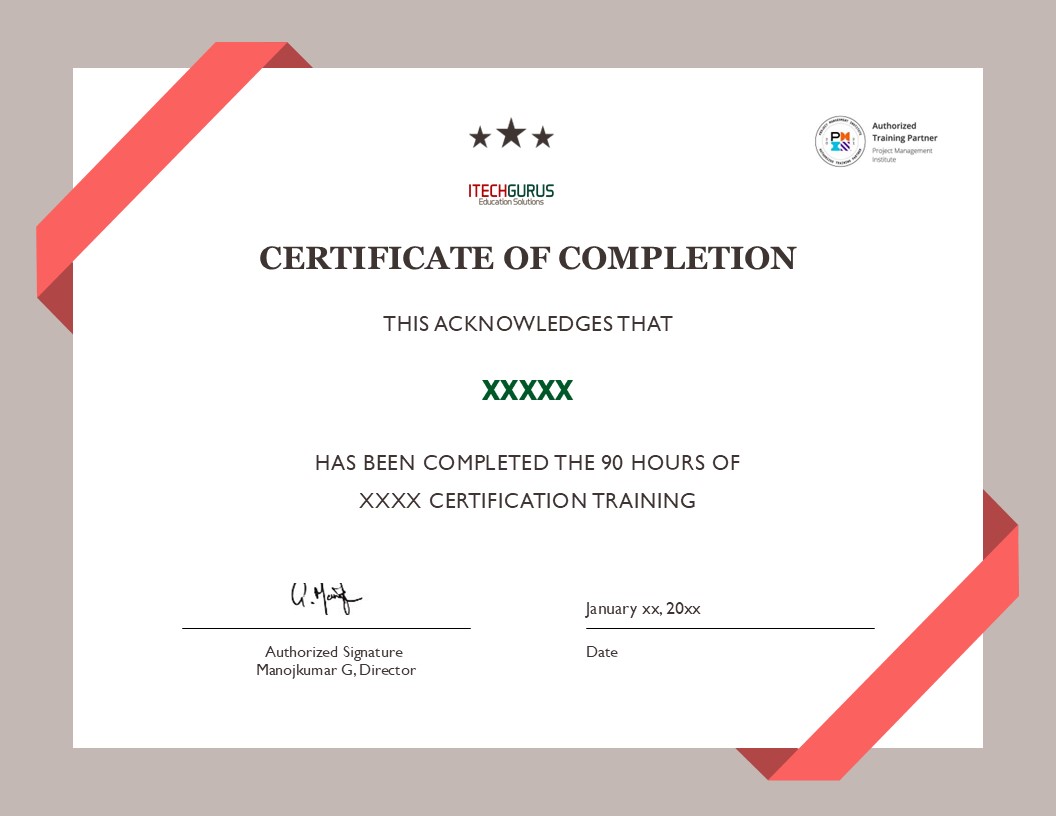Disciplined Agile is not a framework, but rather a toolkit that focuses on the decisions you need to consider, the options available to you, and the trade-offs associated with these options. It shows you how to effectively combine strategies from Scrum, Kanban, SAFe®, and many other approaches in a tailorable and scalable manner. Organizations that adopt Disciplined Agile go to market sooner, deliver value faster and make their customers happier. Disciplined Agile Scrum Master (DASSM) will help you understand all the benefits of agile, and make it work for you and your organization.
Do you find yourself...
- Facing an ever-changing environment?
- Using a framework of steps that makes no sense?
- Feeling your agile practice doesn’t deliver what it should?
The DASSM certification equips you to successfully lead agile teams, thereby future-proofing your career in a world in which agile is fast becoming the way forward. The Disciplined Agile® tool kit includes hundreds of proven practices, including Scrum, Kanban, SAFe®, and even some predictive approaches, and puts them into context.
By taking the 2 Days course — and becoming DASSM certified — you’ll understand how to customize your way of working to the approach that makes sense for the situation you face in your organization and industry.
What You Will Learn
The (DASSM®) course is focused on providing an improved understanding of AgileScrum, Lean, Kanban, SAFe and other predictive methods and their implementation.
- Grasp the fundamentals of agile and lean, and how you can practically use both approaches to produce value for your teams.
- Explore multiple agile and lean techniques from methods such as Scrum, Kanban, SAFe®, and more.
- Understand how to put these techniques into practice and ensure successful agile implementation.
- Appreciate the DA™ mindset and its underlying principles, such as pragmatism, the power of choice, and adapting to context.
- Learn how to apply the Disciplined Agile tool kit to discover the most effective way of working (WoW) for you, and your team in your unique situation.
(DASSM®) Examination Details
Upon completion of the course, candidates can gligible to take DASSM® Examination
- 50 Questions Exam
- 120 Minutes Exam
- Result Reflect Immediately
- No Negative Marks
- E-copy of certificate
- If Fail, 2nd Attempt would be free of cost
Score Report
To see your exam results immediately after taking the exam you can do so from your Pearson Vue
Dashboard by clicking on “View Score Reports”. PMI does not publish the passing score for any of their
DA certifications. Only PASS or FAIL is given.
Retaking the Exam
Upon submitting payment for the exam, candidates a period of 60 days to take the exam. In the event of
an unsuccessful exam attempt, candidates may submit payment to retake the exam. All candidates will
receive an initial three exam attempts to pass the exam during the 60-day eligibility period. In the event
that you encounter three unsuccessful exam attempts, there will be a 45-day eligibility waiting period
prior to submitting payment again for an exam retake.
PMI encourages you to take this 45-day period to leverage the content provided to you from the course
and experience to prepare the exam
Payment for the exam can be submitted from the MyPMI certification dashboard on PMI.org









































